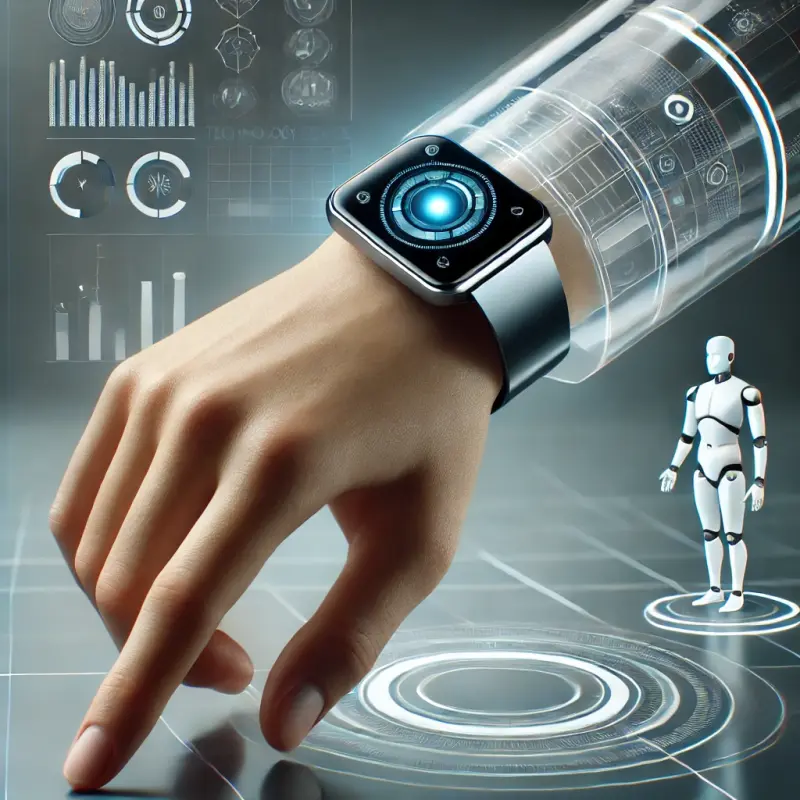The Dawn of Touch-Controlled Wearables: Revolutionizing Digital Fashion
In the ever-evolving world of technology, the development of touch-controlled wearables represents a significant milestone. These devices, which seamlessly integrate the convenience of touch technology with the personal aspect of wearables, have profoundly influenced not only tech industries but also fashion and lifestyle sectors. This article delves into the origins of these innovative devices and examines their impact on the digitalization of fashion.
The concept of wearable technology is not new; it traces back to the pioneering days of computing. However, the integration of touch interfaces into wearables marked a radical shift. The first touch-controlled wearable devices emerged in the early 2000s, when technology giants began exploring ways to shrink touchscreen technology to fit on a wrist. This exploration was driven by a growing demand for accessibility and ease of use, combined with a desire for stylish, tech-savvy accessories.
The initial prototypes were often bulky and somewhat rudimentary in their functionality. They featured basic touch controls and were primarily focused on delivering simple notifications and fitness tracking features. Despite their limitations, these early devices set the stage for a wave of innovation. Developers and designers collaborated closely, experimenting with materials and technologies to enhance the aesthetic appeal and functionality of wearable devices.
As technology advanced, so did the capabilities of touch-controlled wearables. By the mid-2010s, these devices had begun to feature more sophisticated software and hardware, including high-resolution displays and advanced touch sensors that could detect a wide range of gestures. The user interface (UI) also saw significant improvements, becoming more intuitive and responsive. This period marked the beginning of wearables’ transition from niche gadgets to mainstream fashion statements.
The impact of these devices on digital fashion has been profound. Designers started to incorporate digital elements into traditional fashion items, creating garments and accessories that were both functional and fashionable. The concept of "smart clothing" took off, with pieces that could change color or pattern at the touch of a button, thanks to integrated touch sensors and LED displays.
Moreover, the fashion industry began to recognize the potential of touch-controlled wearables as a tool for personal expression and connectivity. Brands and tech companies collaborated to launch lines of wearables that were not only technologically advanced but also matched the aesthetic values of contemporary fashion. These collaborations helped to erase the boundaries between technology and fashion, allowing consumers to enjoy the best of both worlds.
In conclusion, the introduction of touch-controlled wearable devices has not only revolutionized how we interact with technology but also how we perceive and integrate it into our daily lives and style. As we look to the future, the continued evolution of these devices promises even more exciting prospects for the convergence of technology and fashion.
